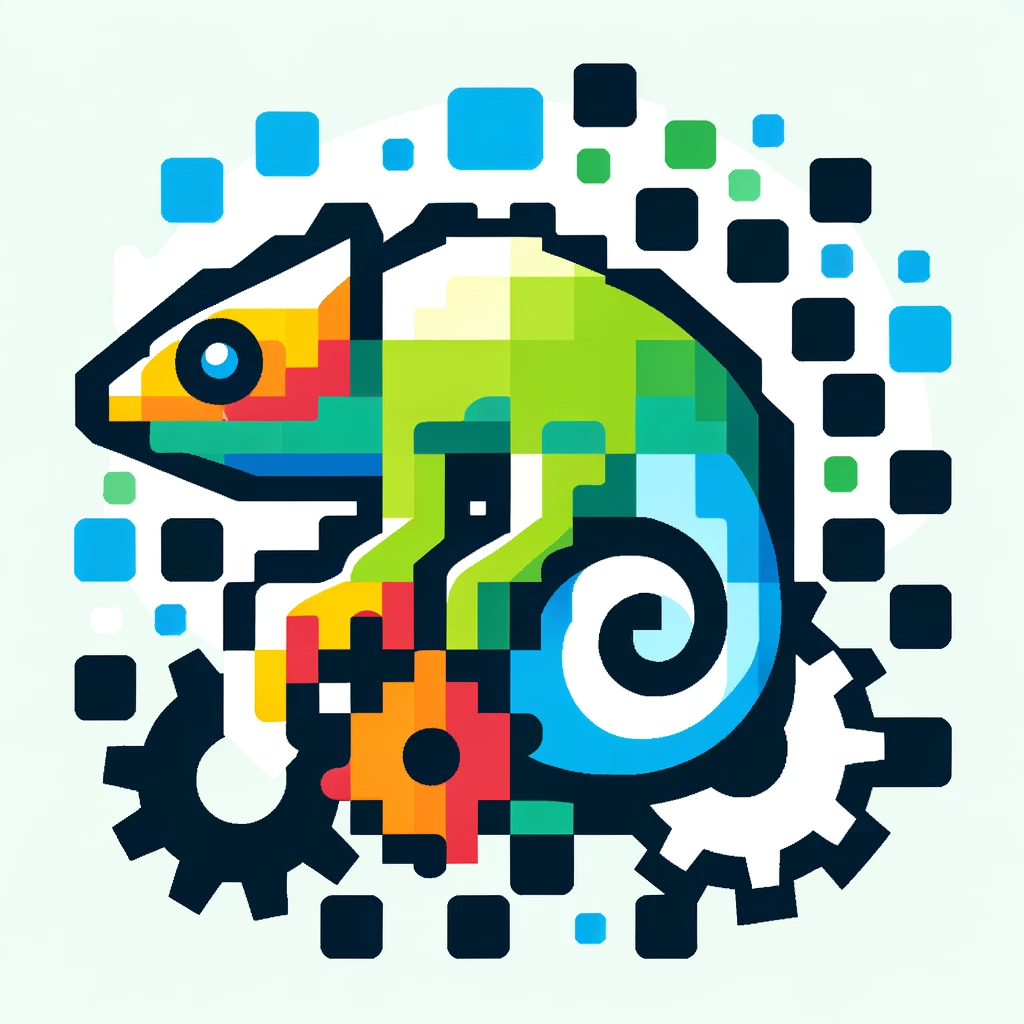113 reads
How We Curated Seven Algorithmic Reasoning Tasks From Big-Bench Hard
by
March 20th, 2025
Audio Presented by

Transcompiler.Tech teaches you how to convert code from one programming language to another.
Story's Credibility

About Author
Transcompiler.Tech teaches you how to convert code from one programming language to another.